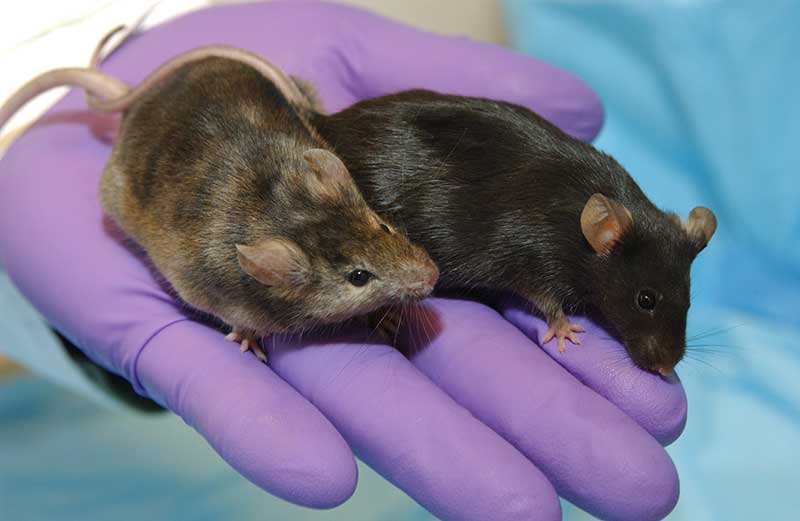Lab mice have been cured of diabetes by two researchers from UT San Antonio. Bruno Doiron and Ralph A DeFronzo have successfully treated mice with Type 1 diabetes. The mice have remained free of diabetes one year after treatment with no adverse side effects.
Ralph DeFronzo, professor of medicine and chief of the Division of Diabetes at UT Health, described the treatment:
“The pancreas has many other cell types besides beta cells, and our approach is to alter these cells so that they start to secrete insulin, but only in response to glucose [sugar],” he stated. “This is basically just like beta cells.”
Diabetes is an autoimmune disease where the immune system mistakenly attacks and destroys beta cells in the pancreas.
What are beta cells?
Beta cells are distinct pancreatic cells that are responsible for creating, storing, and releasing insulin.
Blood glucose levels are moderated by the insulin hormone emitted by beta cells. It’s the job of insulin to prevent sugar levels from rising too high (hyperglycemia) and dipping too low (hypoglycemia).
Gene transfer treatment
The groundbreaking treatment uses a method called gene transfer. In this instance, a virus is used as a vector to carry ‘good’ genes into a pancreatic cell. The virus has the harmful genes that cause disease removed, which are then replaced by ‘good genes.’
Crucially, non-beta cells within the pancreas are targeted with the gene transfer method—called Cellular Networking, Integration, and Processing.
Dr. Doiron explains, “A major problem we have in the field of Type 1 diabetes is hypoglycemia (low blood sugar),” adding, “The gene transfer we propose is remarkable
because the altered cells match the characteristics of beta cells. Insulin is only released in response to glucose.”
Dr. Doiron further explains, “People don’t have symptoms of diabetes until they have lost at least 80 percent of their beta cells,” adding enthusiastically, “We don’t need to replicate all of the insulin-making function of beta cells,” he said. “Only 20 percent restoration of this capacity is sufficient to cure Type 1.”
Professor DeForenzo expands, “we’re taking a cell that is already present in the body and programming it to secrete insulin without changing it otherwise,”
“If a type 1 diabetic has been living with these cells for 30, 40, or 50 years, and all we’re getting them to do is secrete insulin, we expect there to be no adverse immune response,” stated DeFronzo.
“It worked perfectly,” Dr. Doiron, assistant professor of medicine at UT Health, said. “We cured mice for one year without any side effects. But it’s a mouse model, so caution is needed. We want to bring this to large animals that are closer to humans in physiology of the endocrine system.”
Whilst the main target is to eliminate Type 1 diabetes, the treatment may also mean those with Type 2 diabetes need no longer undergo insulin therapy.
Pre-clinical trial
The researchers are now targeting a pre-clinical trial in larger animals with the ultimate goal of human trials within three years. The initial cost of the pre-clinical trial is projected to be $5 million dollars.
Prevalence of diabetes
Current estimates forecast that diabetes affects 415 million people globally. That’s roughly 1 in 11 people on earth. It’s thought that between 5 and 10% of sufferers have Type 1 diabetes.
Human cost of diabetes
There is currently no cure for Type 1 diabetes, and those affected must take insulin shots to survive. Diabetes is the seventh-highest cause of death in the US and is the number one cause of blindness among adults 20 to 74 years old.


